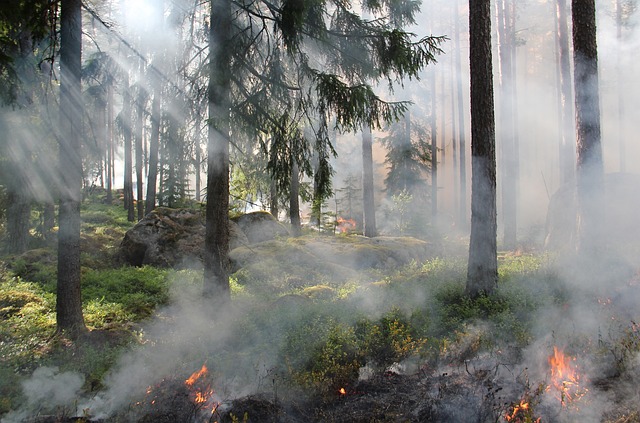As we traverse the complexities of the 21st century, one pressing issue looms larger than most: desertification. The encroaching sands and dwindling biodiversity remind us of our fragile relationship with the Earth. However, amid these challenges lies hope in the form of nature conservation. By implementing sustainable solutions, we can combat desertification effectively while nurturing our environment.
The impact of climate change on our planet has been profound and far-reaching. Shifts in weather patterns, rising temperatures, and increasingly severe droughts have accelerated the degradation of once-fertile lands. Communities that depend on these ecosystems for their livelihoods are at risk, facing food insecurities and economic decline. Through nature conservation, we can restore and protect these vital ecosystems, enhancing their resilience against the ravages of climate change.
Restoring deforested areas through reforestation efforts is one of the most powerful tools in combating desertification. Trees not only provide shelter and habitat for wildlife but also play a crucial role in preserving soil structure and promoting water conservation. By investing in community-driven reforestation projects, we empower local populations to take ownership of their land, fostering a deep connection to nature that transcends generations.
Moreover, sustainable agricultural practices can significantly reduce the likelihood of desertification. By adopting techniques such as agroforestry, crop rotation, and permaculture, farmers can enhance soil fertility and decrease water usage. These methods promote biodiversity and protect ecosystems, creating a symbiotic relationship between agriculture and the surrounding environment. It’s about working with nature rather than against it, ensuring that our agricultural practices are regenerative rather than depletive.
Another key aspect of nature conservation in the fight against desertification is the preservation of wetlands. These ecosystems act as natural buffers, absorbing excess water and releasing it during drought conditions, thus maintaining a stable environment for flora and fauna. Protecting these areas is not just about conserving wildlife; it’s also about safeguarding our water sources and supporting entire communities that rely on these habitats for survival.
Education plays a vital role in our quest to halt desertification. Communities must be informed, equipped, and inspired to participate in conservation efforts. By fostering an understanding of the importance of biodiversity and healthy ecosystems, we can inspire a movement of stewards willing to protect the land for future generations. Workshops, local initiatives, and school programs can ignite passion in the hearts of young and old alike, uniting them in the common goal of restoration and healing.
In the face of climate change, we must remember that every action counts. From individuals to governments, the commitment to nature conservation can lead us toward a sustainable future. The power to restore our planet lies within us, and through collective efforts, we can pause the advance of desertification, protect our environment, and embrace a healthier coexistence with nature.
Let us join together in this critical battle, ensuring that our landscapes flourish instead of fade into barren wastelands. The choice is ours, and the time to act is now.


